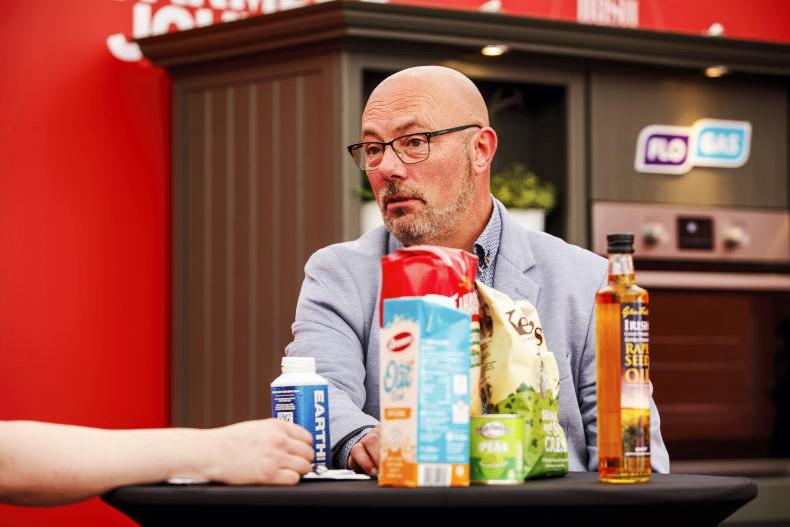At last week’s Teagasc National Tillage Conference, major news was that a tool developed by Teagasc to calculate the carbon footprint of tillage farms will be available to farmers by the end of June.
The tool will be part of AgNav, a carbon calculator developed by Teagasc, the ICBF and Bord Bia. It will be free to use and the data will be owned by the farmer.
Speaking at the National Tillage Conference John Spink, the head of Crops, Environment and Land Use at Teagasc, explained that the final agreements on data sharing and GDPR are being put in place and at present the plan is that the Irish Grain Assurance Scheme will help to verify the data used to ensure that it is correct.
By collecting data on fertiliser, lime, tractor passes, crop yields, cultivations, soil types, cover cropping and straw incorporation and inputting it into the AgNav tool, farmers will be able to calculate the greenhouse gas emissions (carbon equivalents) their farm is emitting per hectare and per tonne of produce.
Previous research has shown that Irish grain has a low carbon footprint, but this could be a game changer as it will now give an official figure for individual farms and could be used to sell the product as a low-carbon grain.
Why does it matter?
A number of tools are available around the world to calculate carbon emissions on farms, but this is the first Irish-specific calculator and it will provide real data on the low carbon footprint of tillage farms.
This matters because Irish emissions are often lower than other countries.
Teagasc has used its research to insert Irish-specific figures into the tool. For example, nitrous oxide emissions from fertiliser are two-thirds lower in this calculator compared to the figure used as the international default in other measurements.
Teagasc does not have enough data to provide Irish-specific emissions figures for straw incorporation or organic manures.
The international default figure is used here to ensure a scientifically backed figure, despite the fact the Irish figure is likely much lower.
Many models also reduce carbon emissions where farmers are using reduced tillage practices as on dry soils in the US for example carbon is lost easily from these soils.
Teagasc research has shown that there is little difference in carbon emissions between ploughing and reduced tillage in Ireland due to a number of reasons including climate, soil type and increased nitrous oxide emissions in minimum-tillage.
It is important to note that emissions are divided by yield and as Irish yields are among the highest in the world emissions should be naturally lower per tonne than other countries.
At present, some companies are trying to calculate carbon emissions from Irish farms and indeed farms around the world.
This allows them to accurately know the carbon footprint of the grain they are buying. Many of these companies also hope to collect data on carbon storage – where a farm is taking more carbon from the atmosphere than it is emitting.
The carbon stored by that farm could then help to offset (or inset in the same supply chain) carbon emissions. Up to now, there has been no Irish tool available, so companies calculating carbon had to use an international tool.
Data transfer
Now that an accurate Irish tool is available it seems only common sense that this tool would be used and where data is already collected it should not be a huge job to transfer the data to another model.
Best model to use
When asked if AgNav was the best tool available to measure carbon on tillage farms in Ireland John Spink said: “Yes, it is. It’s based on the best-published research we have for Ireland.
“You can’t take data produced in England, wherever it might be - the States, Australia – and assume it’s going to be the same in Ireland.
We can see that from all the work comparing non-inversion tillage and ploughing. So why would you take something from elsewhere and assume it’s going to be right here.”
John said Teagasc cannot tell private companies what tools to use, but did comment: “This is available. We’ve produced it as accurately as possible for Irish systems.
We’re making it available free to farmers so that farmers can calculate their own carbon footprint.
“What happens to the data afterwards is up to the farmer. They can use it to be verified.”






 This is a subscriber-only article
This is a subscriber-only article










SHARING OPTIONS: